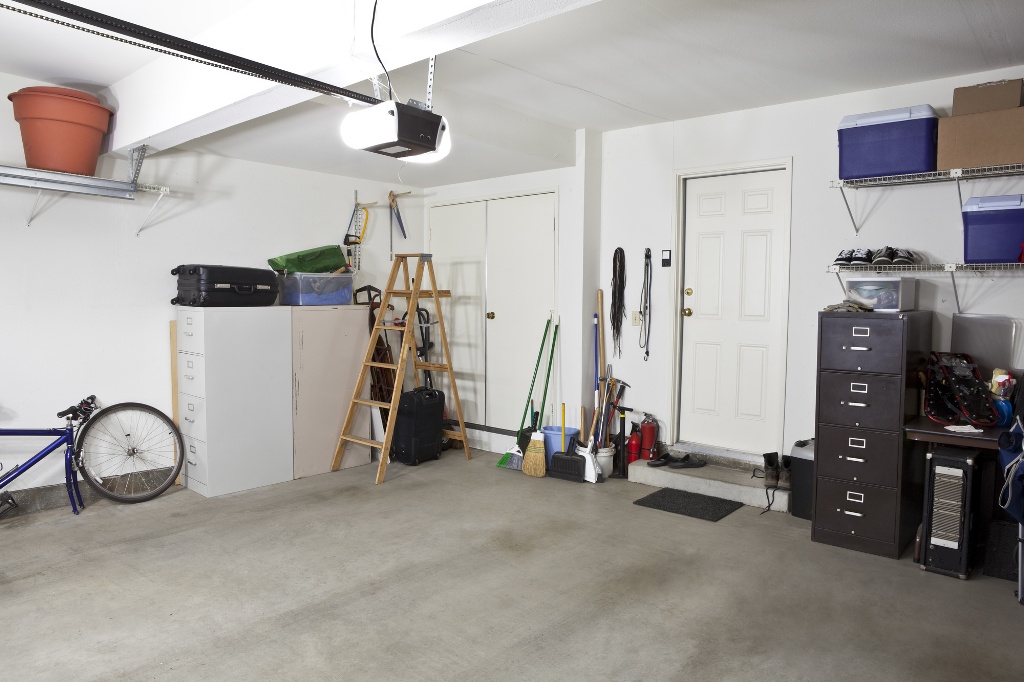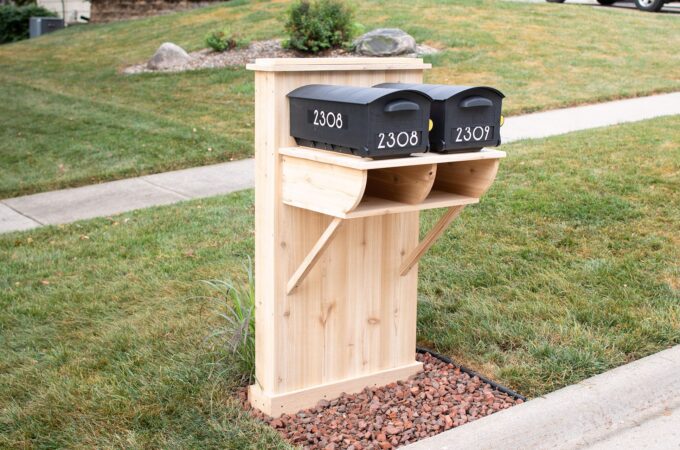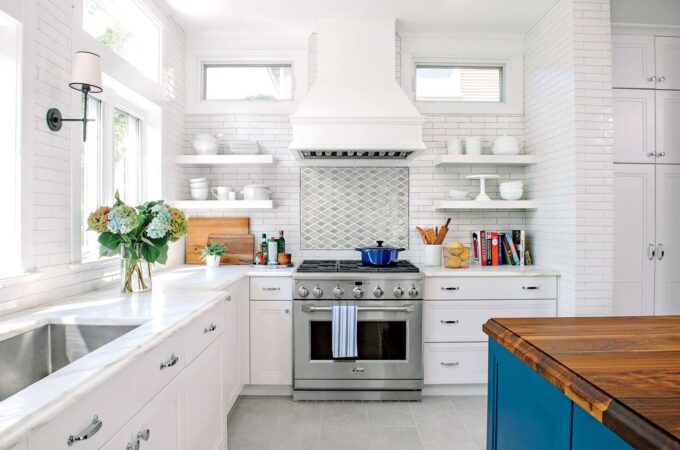
How to Keep Your Garage Warm in Winter
Your garage is probably more than a parking space. You might be using it as a workshop, guest room, home office or gym. Whatever you use it for, you know how frustrating it can be when the temperatures drop. You must either suspend all the projects you have going on in there or wrap up warm and fight the cold weather. But you risk frostbite, hypothermia, dry skin and heart problems.
We don’t want you to go through any uncomfortable experiences in your garage this winter. There are several things you can do to make sure your garage is warm and safe all winter. These four steps can ensure your garage will be in top shape for whatever winter brings.
Clean Up

The first thing you want to do to prepare your garage for winter is to clean it up.
Use a broom to sweep the floors and walls to get rid of dust, dirt and cobwebs. Remove leaves, dead animals and debris that might have found their way into space during the summer.
As you give your garage a thorough clean up, it’s a good idea to organize your tools and remove old unused boxes and junk to create enough working space. Keeping your garage clean and organized not only makes it a comfortable area to be in but also discourages rats and rodents that might invade during winter.
Replace the Weather-Stripping

Your garage is now clean and organized, so you can start winterizing it by using different insulation techniques. Many homeowners think insulation is all about the pink fluffy stuff used in the walls of a house. However, insulation also involves sealing air leaks to prevent cold air into and warm air out of your home through holes and cracks.
Before you can start insulating your garage, find out if the weather stripping on each window and door are in good condition. Fix and replace broken and cracked areas, if any.
Over time, weather stripping ages, losses its effectiveness, and allows cold air to sneak into your garage. If your weather stripping is worn out and you feel the drafts, then you need to replace them. Scrape off the remaining sealant before you apply new weather stripping.
For maximum comfort and efficiency, make sure the new weather stripping is properly aligned on the garage door. You can achieve this by closing the door and aligning the stripping so that the rubber flap is completely flat against the door.
Insulate the wall and the Door

After sealing up all the leaks in your garage, you can begin the work of insulating the walls. There are different types of insulation you can use for your garage walls and doors. However, we recommend you use fibreglass batt insulation. All you want to remember is to choose the proper thickness depending on your garage walls.
As for your garage door, you can add extra insulation if you feel the weather stripping is not enough. There are specialized kits perfect for this type of work including foam boards, fibreglass, and reflective barriers.
You will need to carefully cut the insulation for it to fit your garage door panels. Use an approved adhesive to secure the insulation in place. If the room is not comfortably warm even after you’ve finished insulating the door, upgrading your garage door with an insulated model may fix the problem.
Get Warm and Toasty With a Heater

Insulating and weather-stripping your garage will only minimize heat loss and help keep cold air from entering your space. They don’t warm the area.
If you need extra warmth, then you’ll probably want to install a new garage heater. You can find different types of garage heaters including electric and gas heaters.
Depending on the type of heater you choose, make sure it has enough heating capacity. You don’t want to select a high or low heating power as that would mean under-heating or overheating the area, which might raise your heating bills.




